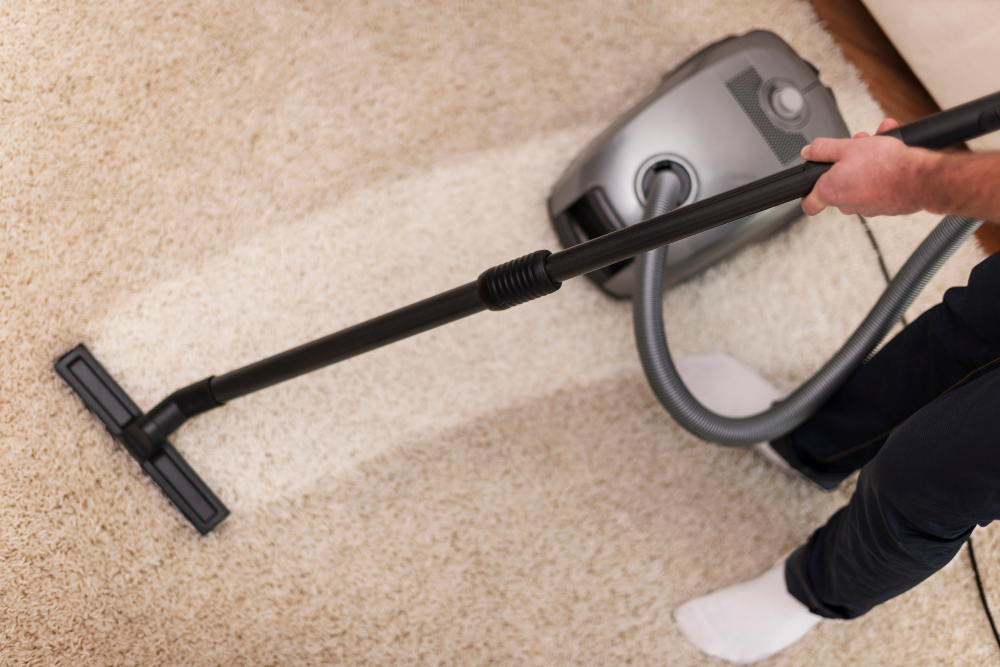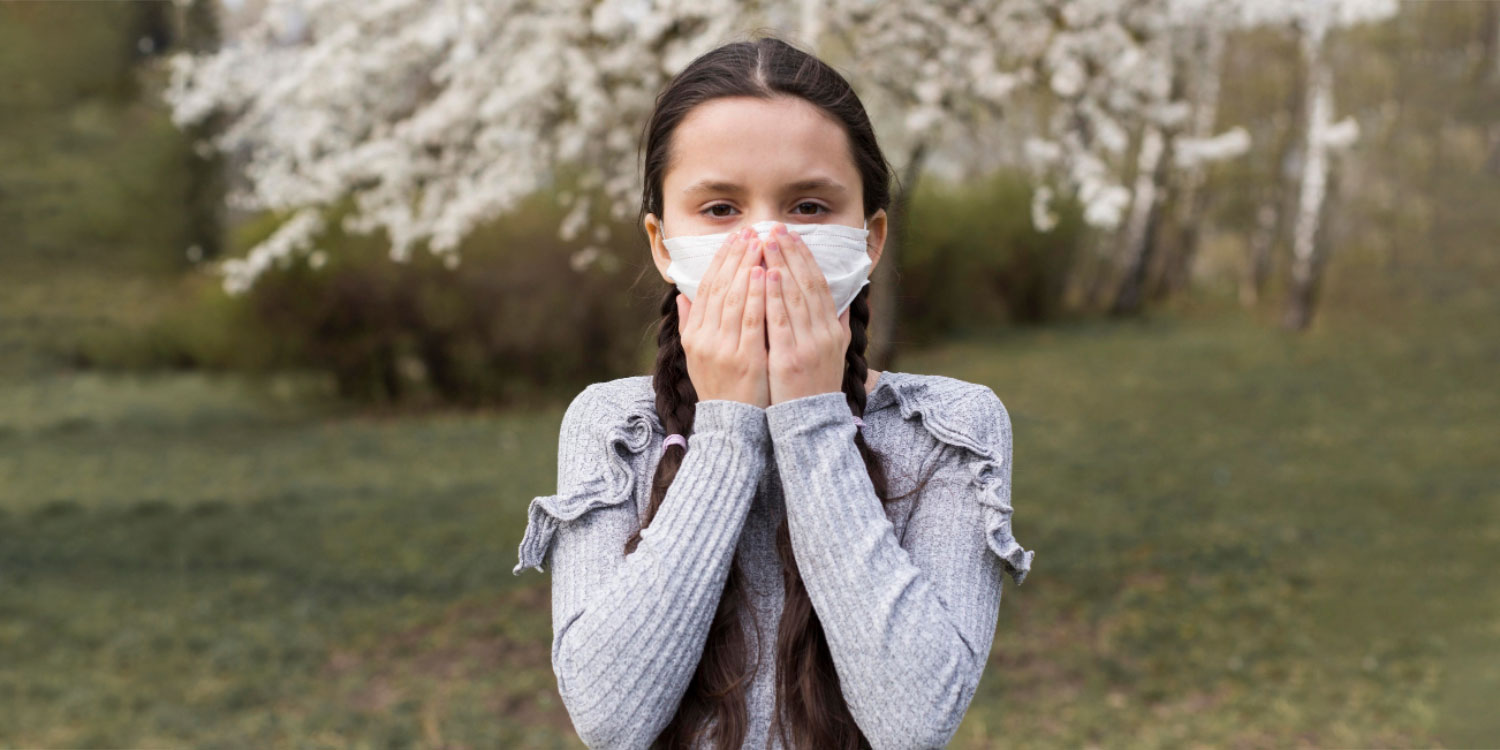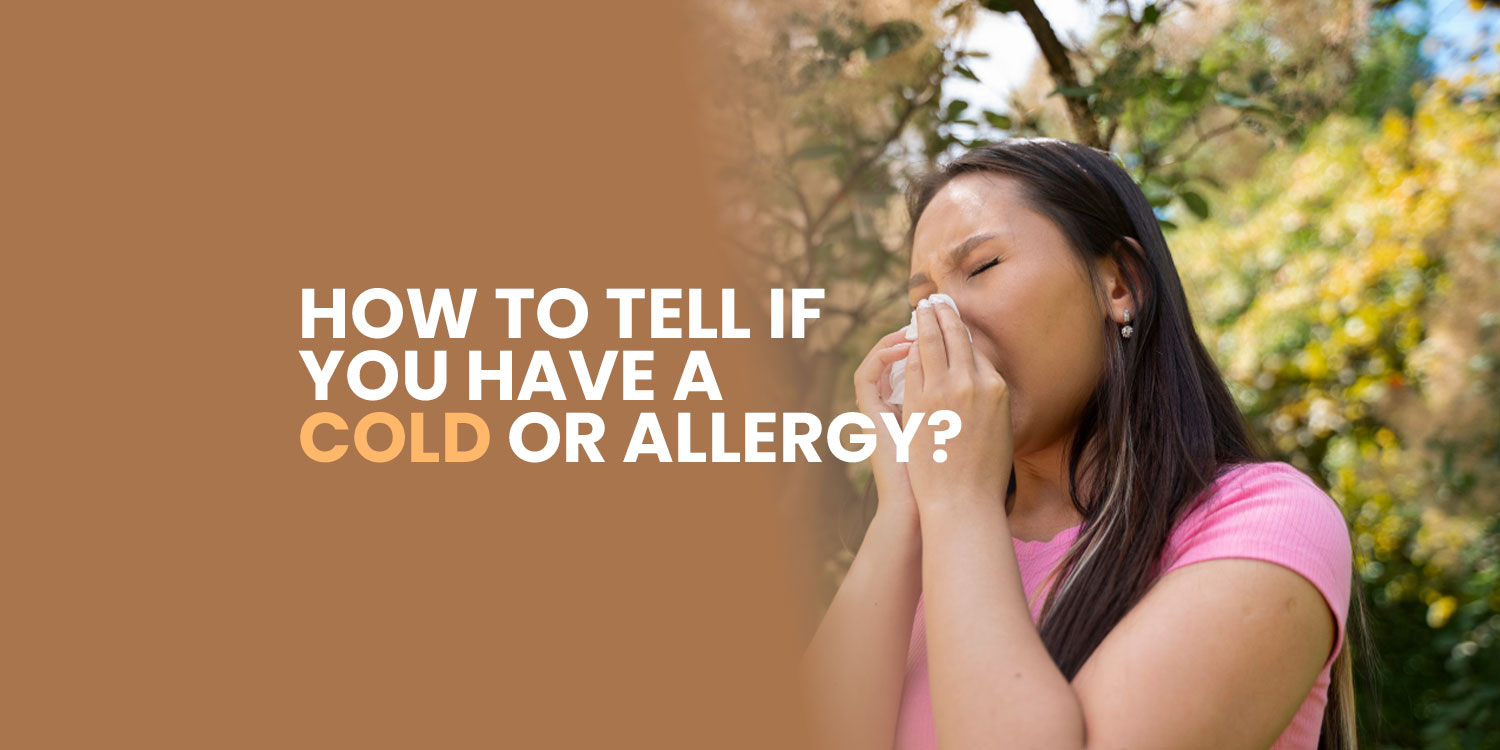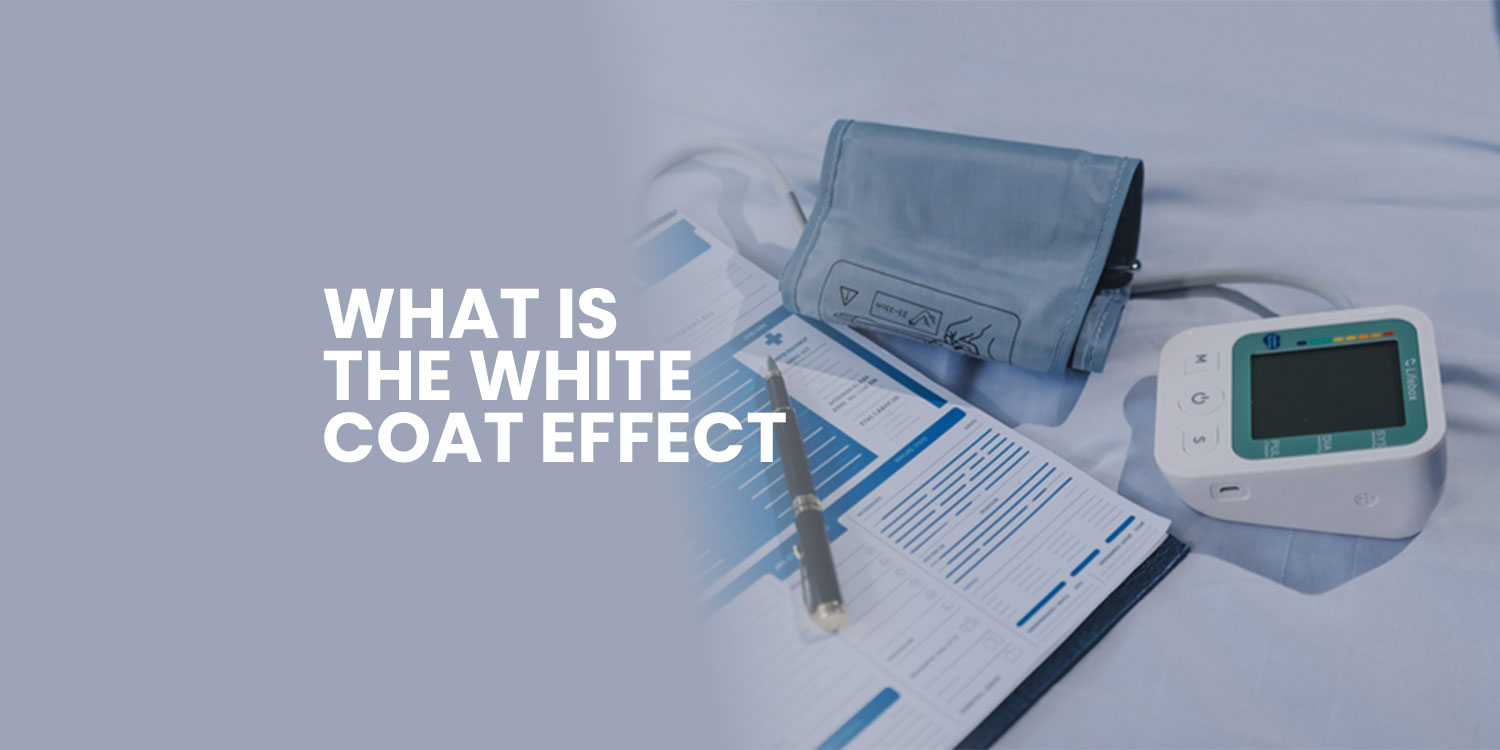Spring is Blooming—But Leave the Allergies Behind!
Spring is just around the corner! The flowers will be blooming, the sun will be shining, and… oh wait, there’s still snow on the ground. But soon enough, we’ll be surrounded by beautiful blossoms, and with them comes the dreaded spring allergy season.
If you want to enjoy all the sights and scents of spring without the sneezing, here are some simple tips to keep allergens at bay:
1. Check Your Daily Pollen Counts
Pollen counts tend to peak in the midday and afternoon, so planning your outdoor activities accordingly can help minimize exposure. If pollen levels are high, keep your windows closed to prevent it from entering your home (American Academy of Allergy, Asthma & Immunology).

2. Use Air Conditioning
If you have air conditioning, let it do the work! AC units help filter out pollen and allergens, keeping the air inside your home cleaner and easier to breathe (Environmental Protection Agency).

3. Change Clothes & Shower After Being Outside
Pollen sticks to clothing, hair, and skin, so if you’ve been outside—especially if you were frolicking in a field of dandelions—be sure to change your clothes and take a shower. This will help wash away any allergens before they spread indoors (Mayo Clinic).

4. Vacuum Regularly
During pollen season, vacuuming frequently helps remove allergens from carpets, rugs, and furniture. Consider using a vacuum with a HEPA filter to trap even the tiniest pollen particles (Asthma and Allergy Foundation of America).

5. Control Indoor Humidity
Keeping your home’s humidity between 30-50% with a dehumidifier can help discourage mold growth, which can worsen allergy symptoms (Centers for Disease Control and Prevention).
By taking these simple precautions, you can breathe easy and enjoy the beauty of spring as soon as the snow melts, of course. Stay prepared, and don’t let allergies keep you from making the most of the season!

References
- American Academy of Allergy, Asthma & Immunology. “Pollen Counts.” Available at: https://www.aaaai.org
- Environmental Protection Agency. “Indoor Air Quality and Allergens.” Available at: https://www.epa.gov
- Mayo Clinic. “Seasonal Allergies: Symptoms and Treatment.” Available at: https://www.mayoclinic.org
- Asthma and Allergy Foundation of America. “Controlling Allergens at Home.” Available at: https://www.aafa.org
- Centers for Disease Control and Prevention. “Managing Indoor Allergens and Air Quality.” Available at: https://www.cdc.gov




